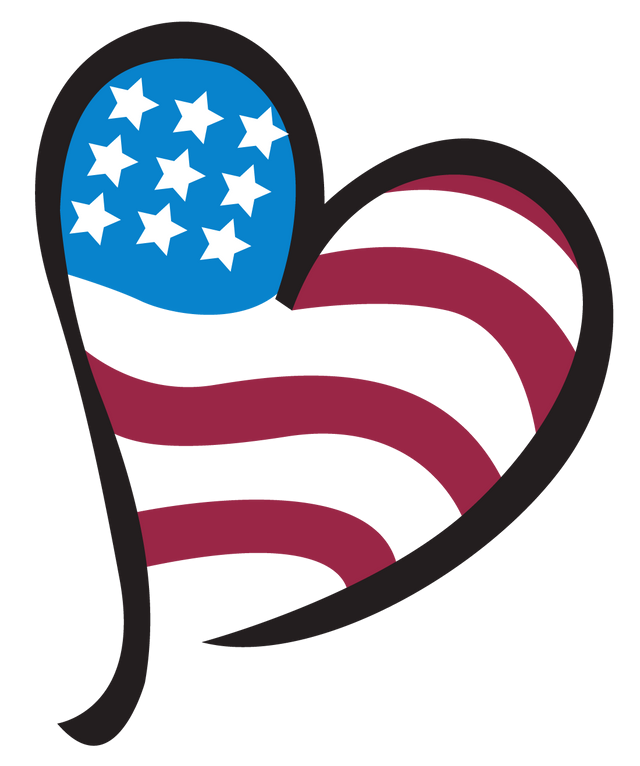Intravenous Instructions

Intravenous Instructions
Client Handbook
Intravenous Instructions
Intravenous Complications - Call your nurse @ 630-585-0074
- Pain, inflammation or redness at entrance or exit sites, or port site
- Drainage
- Elevated temperature
- Chest pain - Call 911
- Leakage from catheter or exit site
- Increase or decrease in external catheter length
- Unable to administer IV fluids
- “Gurgling” sound in ear
- Pockets of swelling along catheter path
- Tenderness and swelling of neck, shoulder, and/or arm on catheter side
- Impaired movement of neck and jaw
- Enlarged peripheral veins in arm or chest wall
Infection Control - Room Set Up
- Room should be clean
- The area should not be a high traffic area, or an area frequently used by children
- Plan ahead for your therapy administration to be free of interruptions for the preparation and administration
- Refrigerated products should be kept away from foods on a designated shelf
- The area should be a flat smooth surface with good lighting
- The sharps container should be available to dispose of objects and kept high away from children and animals when not used
- When your sharps container is ¾ full, let the pharmacy department know and the container will be picked up from our home.
- At the end of therapy call the pharmacy and they will pick up your sharps container.
Infection Control - Proper Hand Washing
- Wet hands with water
- Apply liquid soap
- Lather well beyond wrist. Using gentle friction, rub hands together for about 15 seconds. Be sure to wash the backs of the hands and in between the fingers. Pay special attention to fingernails.
- Rinse well letting the water from fingers tips toward wrists.
- Dry hands well with freshly laundered towel or paper towels.
- Turn off faucet using a barrier such as a towel or paper towel.
Putting the tubing and bag together for Gravity or Dial A Flow Delivery
- Remove tubing from the bag. Close the clamp.
- Pull off tab or flip off cap from medication bag
- Remove cap from spike end of tubing
- Push spike into opening on bag using twisting and pushing motion
- Hang the bag on the pole.
- Pinch the tubing chamber to fill chamber 1/3 - ½ full
- If using a “Dial-a-flow” regulator, attach this to end of tubing
- Open the clamp and allow the fluid to purge the air out of the tubing until fluid is dripping from the end of the tubing, close clamp.
- Flush the IV line with Saline
- Wipe IV end cap with alcohol and attach tubing to IV line, adjust rate for proper rate using counting method or dial-a-flow device
- Tubing is changed every 24 hours unless told otherwise
- After infusion is complete, disconnect tubing. If reusing tubing, apply sterile cap (red) to end of tubing.
- Wipe end of IV with alcohol, flush with Saline followed by Heparin via SASH protocol unless otherwise instructed.
REMEMBER
Always Wash Hands Before Proceeding
Clean IV cap with alcohol swab
Saline (Sodium Chloride) White Cap
Clean IV cap with alcohol swab
Administer Medication(s)
_____________________ Times ___________
_____________________ Times ___________
_____________________ Times ___________
Clean IV cap with alcohol swab
Saline (Sodium Chloride) White Cap
Clean IV cap with alcohol swab
Heparin Yellow Cap (Blue for Peds)
Heparin always needs to go in last. It prevents your IV from clotting off.
If for some reason your medication is discontinued but you still have your IV in, continue to flush with Saline followed by Heparin once a day.

call for support
(630) 236-3501Email Us
[email protected]Available Time
8 A.M - 4:30 P.M. (Mon–Fri)Copyright © 2025 - American Home Health Care. All right reserved.
Powered By: Aguilera Web Design